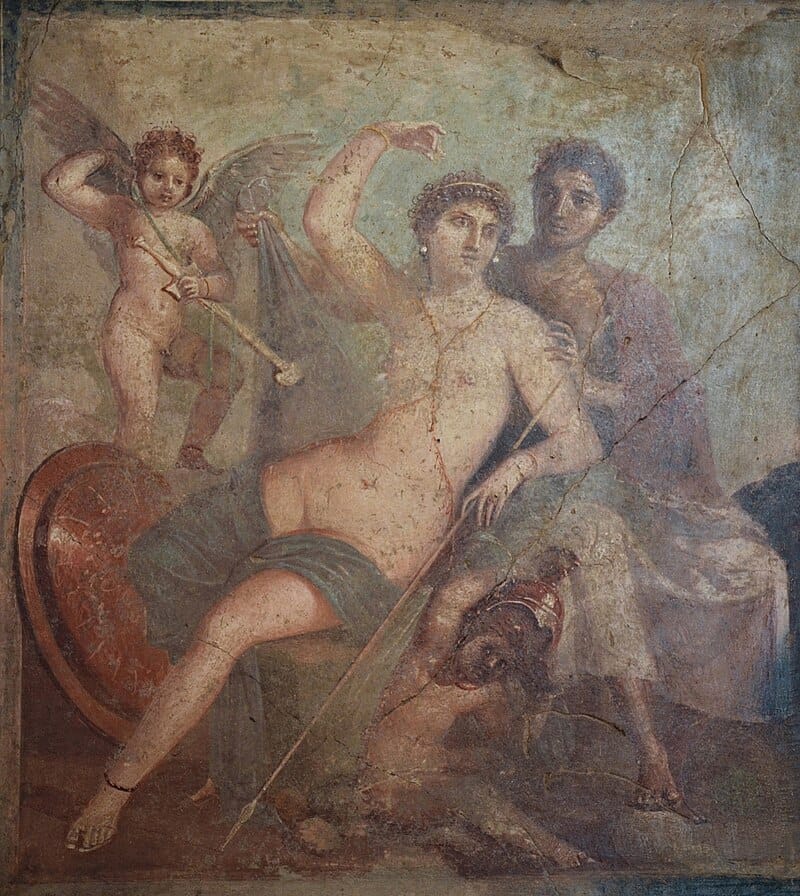Uncovering the Past: Five Key Archaeological Stories from 2024
Archaeology often serves as a time machine, transporting us to forgotten eras and unveiling human ingenuity, resilience, and creativity.
Five Key Archaeological Stories from 2024 (Part I)
Archaeology often serves as a time machine, transporting us to forgotten eras and unveiling human ingenuity, resilience, and creativity. This year, researchers delivered remarkable finds that rewrote history and deepened our understanding of ancient civilizations. Let’s dive into the standout stories of 2024.
Amazonian Civilization in Ecuador
Deep in Ecuador's Upano Valley, archaeologists uncovered remnants of an ancient Amazonian society. This community, dating to 500 BC, featured planned cities connected by engineered roads. Pottery, ceremonial sites, and tools suggest trade networks and organized spiritual practices. Previously, the Amazon was thought to host only small, scattered tribes. This find changes that narrative, showing the region as a hub of complex urban development. It also raises questions about how these societies shaped the Amazon's landscape and biodiversity, influencing modern conservation debates.

Erotic Frescoes in Pompeii
Pompeii revealed another secret: a trove of erotic frescoes in a modest home. These vivid images, blending myth and everyday life, depict ancient Roman views on love and sexuality. Unlike assumptions that such art was limited to public spaces or brothels, their placement in private settings suggests they were part of domestic life. This discovery provides insight into Roman aesthetics, values, and the openness with which they embraced human experiences. It also challenges us to reconsider how societies normalize taboo topics through art.

Spartacus and His Final Stand
In southern Italy, a battlefield site emerged, believed to mark Spartacus’ last stand. Evidence includes makeshift defenses, scattered coins, and personal belongings of his rebel army. These items humanize the enslaved gladiator’s revolt, showing the desperation and hope behind their fight for freedom. This discovery shifts Spartacus from legend to historical figure, offering tangible proof of the rebellion’s scale. It also enriches our understanding of resistance movements and ancient military strategies.
Continued after paywall…
Art - The Magpie by Claude Monet
Keep reading with a 7-day free trial
Subscribe to The Culture Explorer to keep reading this post and get 7 days of free access to the full post archives.




